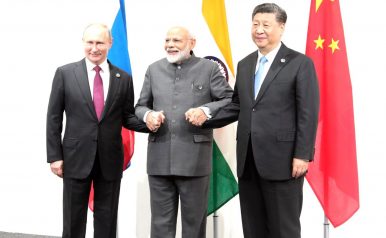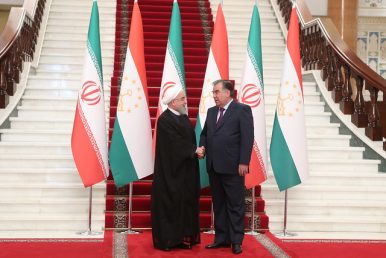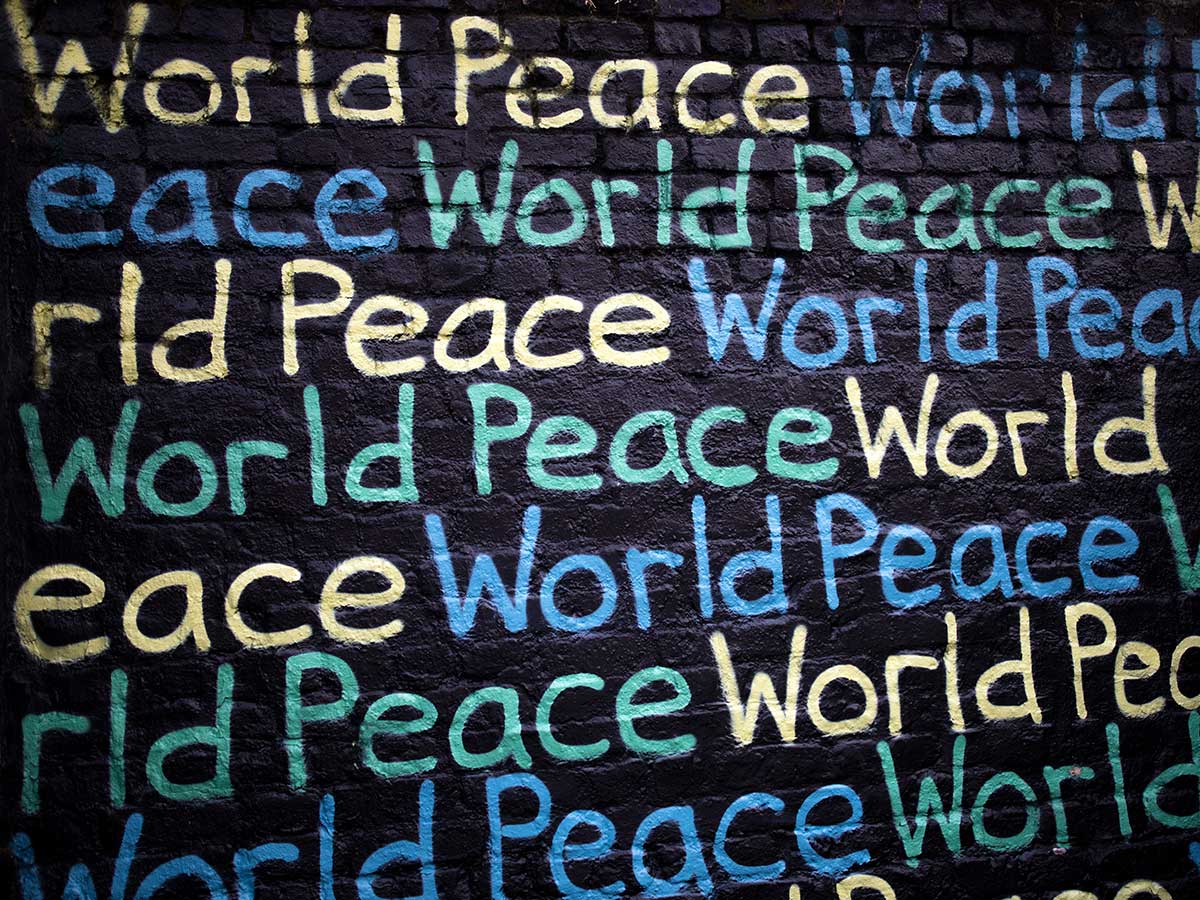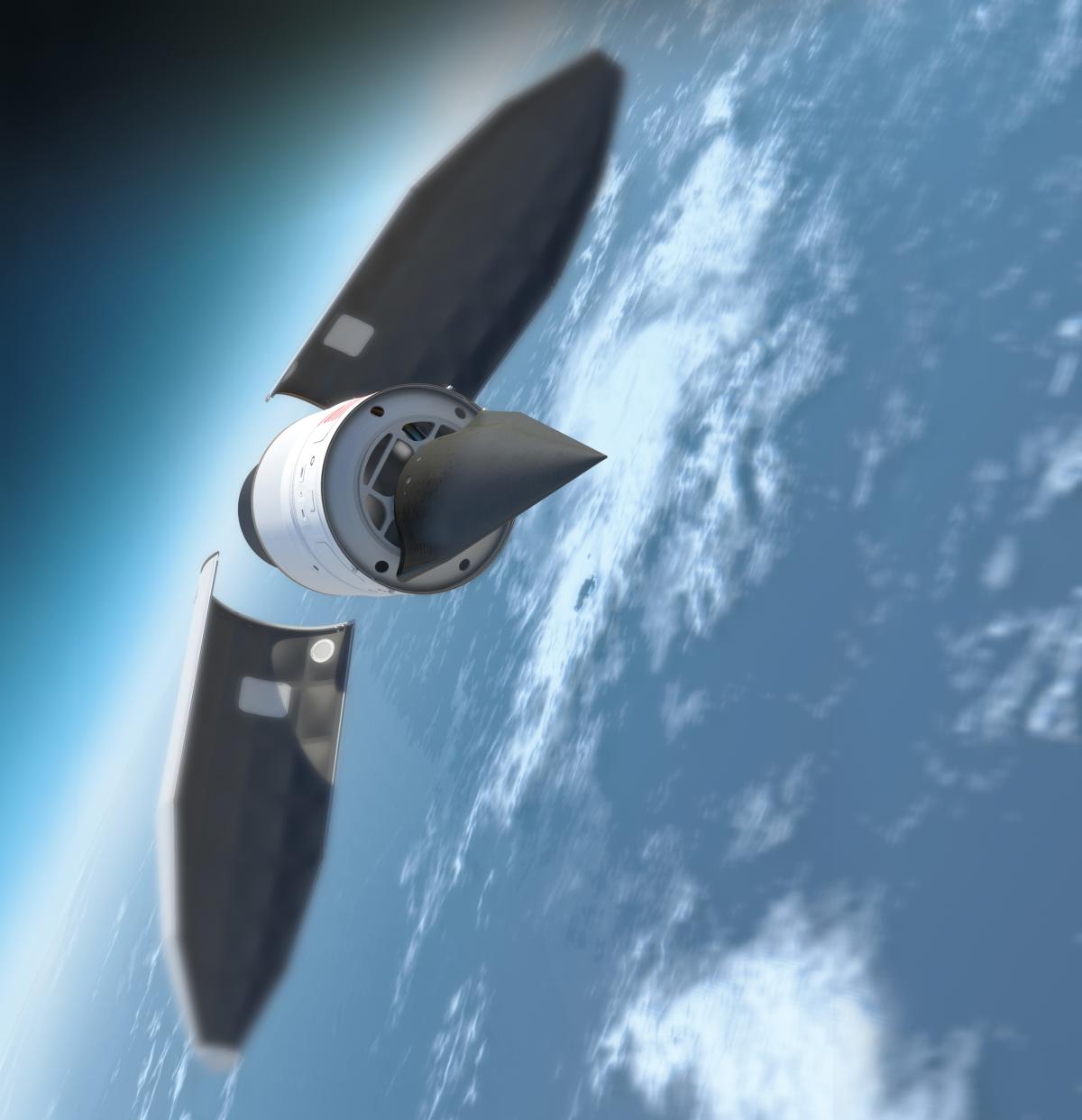By Ajit Kumar Singh
 On June 26, 2019, ‘spokesperson’ of the Ansar Ghazwat-ul-Hind (AGH, supporters of holy war in India), Shabir Ahmad Malik alias Abu Ubaidah, was killed in an encounter by the Security Forces (SFs) in the Tral area of the Pulwama District of Jammu and Kashmir (J&K).
On June 26, 2019, ‘spokesperson’ of the Ansar Ghazwat-ul-Hind (AGH, supporters of holy war in India), Shabir Ahmad Malik alias Abu Ubaidah, was killed in an encounter by the Security Forces (SFs) in the Tral area of the Pulwama District of Jammu and Kashmir (J&K).
On June 23, 2019, SFs killed four AGH militants, Ahmad Mir aka Arsha ul Haq, Hafiz Azad Ahmad Khanday aka Samiullah Haq, Suhail Yousuf Bhat aka Huzaif ul Haq and Rafee Hassan aka Imaam ul Haq, during an encounter at Daramdora Keegam area in Shopian District.
In the intervening night of May 23-24, 2019, Zakir Rashid Bhat aka Zakir Musa, the ‘founder’ and ‘chief’ of the AGH, was killed in an encounter with the SFs at Dadsara village in the Tral area of Pulwama District.
According to South Asia Terrorism Portal (SATP) database, the AGH has lost (killed by the SFs) at least 19 of its cadres since its inception in July 2017 (data till June 30, 2019). The SFs have arrested another nine AGH cadres during this period.




















